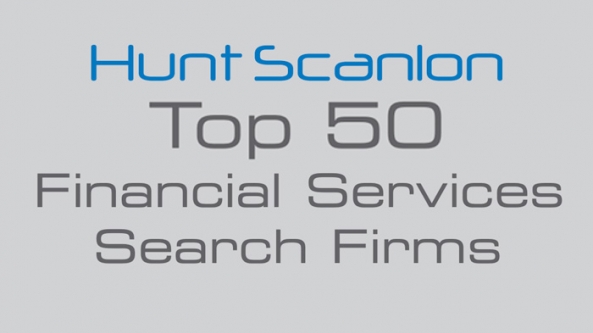
As the worst of the coronavirus pandemic starts to recede in the United States, companies across the country are now grappling with the decision of whether they should return to the office.
Most states have now lifted the heaviest restrictions on business activity, creating conditions for a return to offices as long as rigorous public health guidelines are followed.
But is it really a good idea to maintain a work environment that may be uncomfortable? Are the numerous safety requirements, from face masks to barriers and temperature screenings, truly preferable to normalizing productivity in a work-from-home culture?
Businesses must start assessing whether they have the right management in place to ensure prosperity under these new circumstances, which once seemed unthinkable.
Traditional views about the workplace have begun to wane after nearly three months of shutdowns and social distancing. As The New York Times reported in May, the greatest proponents of the work-from-home movement have been white-collar companies, including tech giants such as Google, Amazon and Facebook.
What began as a pragmatic response to a health crisis is beginning to look more like an evolution of the office, with many untold benefits yet to be discovered.
It takes a certain kind of leadership to be able to manage trust and inspire focused buy-in from all employees when the traditional office dissolves. If half of the company is remote and the other half is in the office, managers must navigate the expectations and progress of both groups. They must be able to handle the ways in which this changes workflows and communications.
Do executives in corporate America possess the temperament and management style needed to thrive in these mixed work settings? Can the structure of the board withstand such a decentralized workplace, one that demands different organizational habits?
There are signs that some executives are willing to bet on it, but they must be sure they have teams of people who are prepared for the challenge.
A Gartner research survey released in April found that 74% of CFOs planned to shift at least 5% of previously on-site employees to permanent work-from-home arrangements.
“CFOs, already under pressure to tightly manage costs, clearly sense an opportunity to realize the cost benefits of a remote workforce. In fact, nearly a quarter of respondents said they will move at least 20% of their on-site employees to permanent remote positions," Gartner Finance expert Alexander Bant said.
The appetite of workers shows a similar lean toward continuing to work from home, according to a pair of surveys from Hanley Wood and Gallup.
Both surveys found that about 60% of American workers would prefer to continue their jobs remotely as much as possible, even after business restrictions are lifted.
What does all of this mean for executive leaders and boardrooms? Savings, for one, and flexibility in hiring.
Take a look at venture capital, where a recent report from Margins noted that 40% of all venture capital funding in Silicon Valley goes to landlords instead of product development.
Companies may now have the option to not only reduce their investment in physical real estate, but also expand the geography of their search for dedicated talent.
The same Hanley Wood survey found that between 36-55% of workers would be willing to move to a less expensive market if they could permanently work from home. The more expensive the market in which they lived, the more willing respondents said they would be to move elsewhere while keeping their high-paying jobs, according to Forbes.
As the economy starts to rebound from the COVID-19 crisis, returning to the office may prove to be too onerous for many companies and their employees, especially with intrusive regulations on business operations.
“It takes three months to form a habit,” Mollie Carmichael, a principal at the real estate research firm Meyers Research, told Forbes. “We have been in COVID for three months, and because of this three-month period, we have gained trust and routine for working at home. We are going to see businesses letting more employees work remote.”
At the executive level, now is the time to assess the productivity and culture of work-from-home operations. This assessment should focus both on the C-suite and among the broader company workforce.
If there is evidence that efficiency and quality of life improve, and if essential communications remain uninterrupted, the crisis of 2020 may remembered as a turning point for top-level companies.
Photo by bongkarn thanyakij from Pexels

Michael Kelly Associates meets deadline for pharma company going public through SPAC

Executive leadership can have a profound impact on the culture of a company and the organizational tools it has to improve performance

Michael Kelly Associates is proud to announce that we have been included in Hunt Scanlon’s ‘Top 50’ list of search firms focused on the financial services sector in the Americas.

We have been included in Hunt Scanlon’s ‘Top 50’ list of search firms honoring the most influential, best-in-class recruiters standing ready to assist healthcare & life sciences organizations.